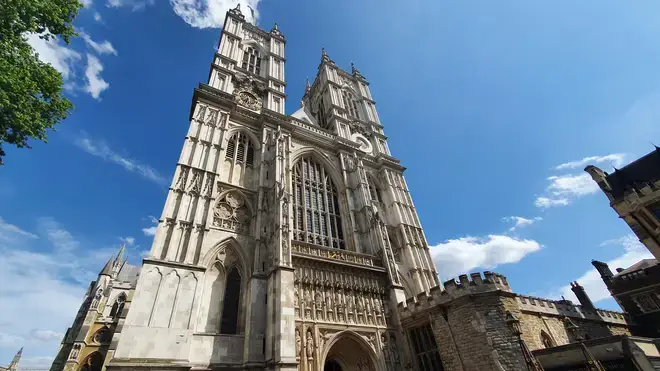Westminster Abbey (1745)

Title: Westminster Abbey
Location: London, United Kingdom
Construction Started: 1245
Completion Year: 1745
Status: Active Church, UNESCO World Heritage Site
Architectural Style: Gothic, Medieval
Historical Significance: Coronation and burial site of British monarchs, significant events venue
Description: Westminster Abbey is an iconic and historically significant church located in the heart of London, United Kingdom. Originally founded as a Benedictine monastery in the 10th century, the current abbey's construction started in 1245 and continued for several centuries, resulting in a beautiful blend of Gothic and medieval architecture.
The abbey's imposing facade features intricate stone carvings, pointed arches, and magnificent stained-glass windows, making it a prime example of medieval architectural brilliance. Its soaring spires and majestic towers dominate the skyline of central London.
Throughout its long history, Westminster Abbey has been the site of numerous significant events. It is renowned as the venue for royal weddings, including the wedding of Prince William and Catherine Middleton in 2011. It is also the location where British monarchs are crowned, and many of them are buried here, making it a place of great importance in British royal history.
Inside, the abbey's interior is equally breathtaking, with a magnificent nave, impressive choir stalls, and the awe-inspiring coronation throne.
In recognition of its immense cultural and historical significance, Westminster Abbey was designated as a UNESCO World Heritage Site in 1987, highlighting its role in shaping the history of the United Kingdom.
Apart from its religious significance, Westminster Abbey is also a popular tourist attraction, drawing visitors from all over the world who come to marvel at its architectural splendor, explore its rich history, and pay their respects to the final resting place of many famous figures in British history.
Westminster Abbey remains a symbol of the United Kingdom's heritage, a place of worship, and a living testament to the enduring impact of Gothic architecture on the world's cultural landscape
